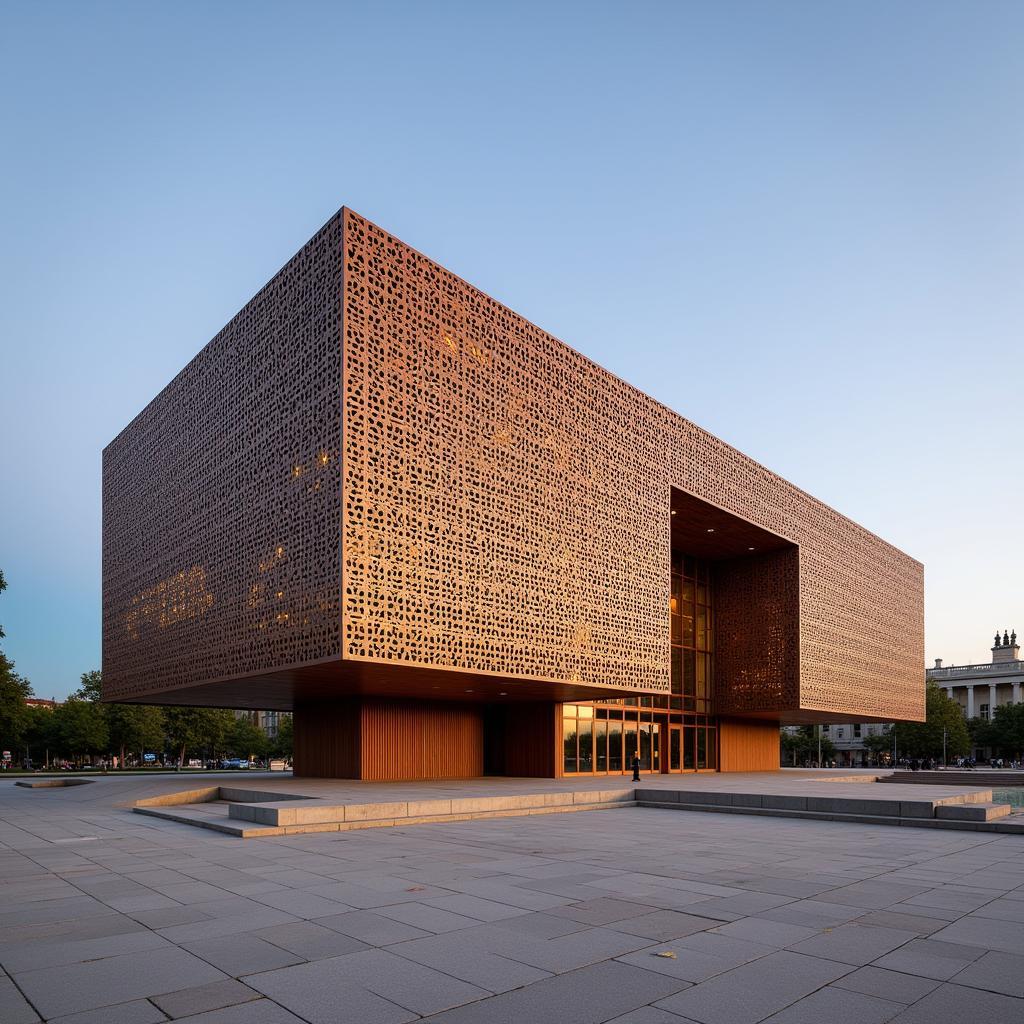Exploring the Rhythms of Africa: Unveiling African Jabey Instruments
African Jabey Instruments hold a captivating allure, echoing the rich tapestry of cultures and traditions across the continent. These instruments, diverse in form and function, are more than just tools for creating music; they are vessels of history, storytelling, and spiritual expression. From the mesmerizing rhythms of the djembe to the resonant melodies of the kora, African jabey instruments offer a unique window into the heart and soul of Africa.
The Heartbeat of Tradition: An Overview of African Jabey Instruments
African jabey instruments, often crafted from natural materials like wood, animal hide, and gourds, are integral to the musical landscape of various communities. Their significance extends beyond mere entertainment; they play a crucial role in ceremonies, rituals, and social gatherings, embodying the spirit of unity and cultural identity. The term “jabey” itself, though not a widely recognized term in ethnomusicology, seems to refer to a broad category of traditional African instruments. For clarity and accuracy, this article will explore a range of prominent instruments often associated with the diverse musical traditions of West Africa, where drumming and melodic instruments are deeply intertwined. These instruments, often played together, create complex polyrhythms that are both captivating and deeply spiritual.
The Djembe: A Drum of Celebration and Community
Perhaps the most internationally recognized African drum, the djembe, originates from West Africa, particularly Mali. Carved from a single piece of hardwood and topped with goatskin, the djembe produces a range of tones, from deep bass to sharp slaps. Its versatility allows it to drive powerful rhythms in celebratory dances, accompany captivating storytelling, and even serve as a means of communication across vast distances.
The Kora: A Harp that Whispers Ancient Tales
The kora, a 21-stringed bridge-harp, is another prominent instrument in West African music. Its unique construction, featuring a calabash gourd resonator covered with cowhide, creates a warm and resonant sound. The kora is traditionally played by griots, hereditary storytellers and musicians who preserve and transmit history, genealogy, and cultural knowledge through song and recitation.
Beyond the Djembe and Kora: Exploring Other African Jabey Instruments
While the djembe and kora are well-known, numerous other instruments contribute to the vibrant tapestry of African music. The balafon, a wooden xylophone with gourd resonators, produces bright, melodic tones. The ngoni, a smaller, plucked lute, often accompanies the kora and adds a rhythmic layer to the music. The talking drum, with its variable pitch, is used to mimic the tones and rhythms of spoken language. These instruments, often played together, create a complex interplay of rhythms and melodies that are both captivating and deeply expressive.
The Balafon: A Xylophone’s Melodious Journey
The balafon, with its cascading wooden keys and gourd resonators, offers a unique melodic voice. Its bright, percussive tones are integral to various musical traditions across West Africa, often played in ensembles during festivals and ceremonies. The balafon’s melodic range and dynamic capabilities allow it to express a wide range of emotions, from joyful celebration to solemn reflection.
The Enduring Legacy of African Jabey Instruments
African jabey instruments continue to resonate with audiences worldwide. Their rich history, intricate craftsmanship, and powerful expressive qualities make them more than just musical instruments; they are embodiments of cultural heritage and artistic brilliance. Learning about these instruments opens a doorway into understanding the diverse cultures and traditions of Africa, enriching our appreciation for the power of music to connect us to our shared humanity.
FAQ
- What are some common African jabey instruments? Some frequently encountered instruments include the djembe, kora, balafon, ngoni, and talking drum.
- What is the significance of these instruments? They play crucial roles in ceremonies, rituals, storytelling, and social gatherings, embodying cultural identity and unity.
- Where can I learn more about African music? Many resources are available online and in libraries, including books, documentaries, and websites dedicated to ethnomusicology.
- Are there opportunities to learn to play these instruments? Yes, many communities and cultural centers offer classes and workshops on African drumming and other musical traditions.
- How are these instruments made? They are often crafted from natural materials like wood, animal hide, and gourds, showcasing traditional craftsmanship.
- What are some notable musicians who play these instruments? Researching prominent griots and musicians from West Africa can provide insights into the rich musical traditions.
- Where can I experience live performances of African music? Many festivals and cultural events feature African music, providing opportunities to witness the power and beauty of these traditions firsthand.
More Questions?
Explore more articles on our website related to:
- West African Music Traditions
- The Role of Griots in Society
- Traditional African Instrument Making
Need further assistance? Contact us:
Phone: +255768904061
Email: kaka.mag@gmail.com
Address: Mbarali DC Mawindi, Kangaga, Tanzania
Our customer service team is available 24/7.

